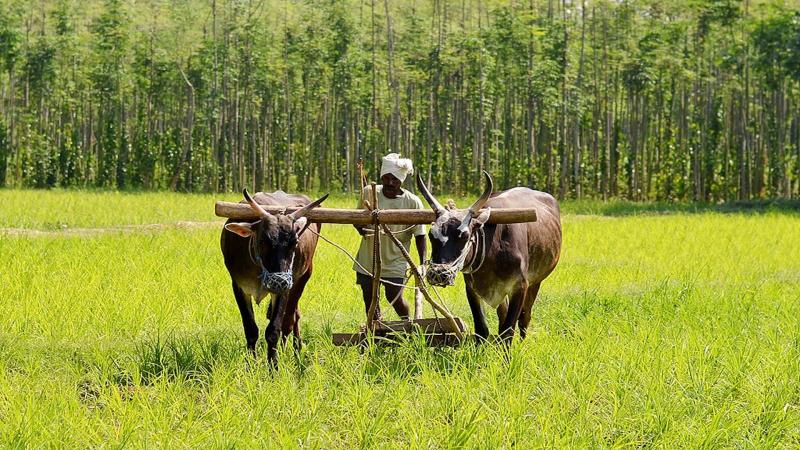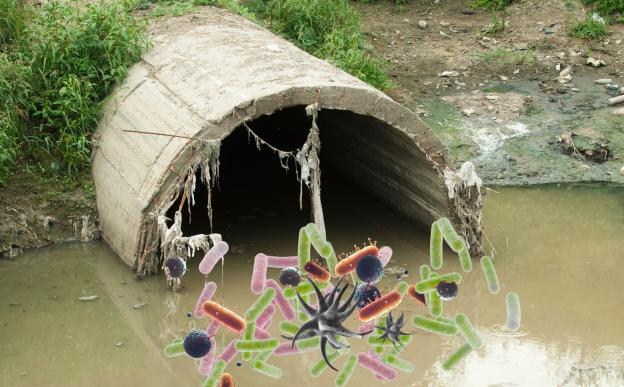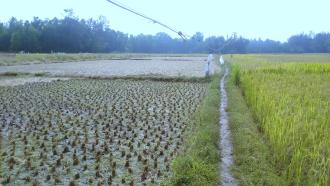
Over the past fifty years, modernisation and expansion in agriculture have led to an increase in the global food supply, preventing large-scale hunger and famine. However, this transition has also increased greenhouse gas emissions and the demand for land and natural resources, making agriculture one of the most extensive activities that modify the planet. Compared to traditional systems of farming that grew nutritious cereals, including millets and sorghum, today’s practices rely on high-yielding grains, like rice and wheat. This shift has increased the burden of malnutrition, causing undernourishment and micronutrient deficiencies.
In India, the monsoon (Kharif) cereal production is dominated by rice, which occupies around 67% of the land that grows cereals during this season. While rice provides a substantial amount of calories, its cultivation needs an abundant supply of water, emits more greenhouse gases and is easily affected by deficient rains. Hence, its share of calorific yield in cereal production during Kharif season is a matter of great concern.
Now, a study by a team of international researchers, published in the Proceedings of the National Academy of Sciences, has suggested that diversifying crop production in India to include cereals like millets and sorghum could be a sustainable way forward. These crops, the researchers say, can not only make food supply more nutritious but also reduce greenhouse gas emissions as well as demand for natural resources. They can also increase the climate resilience of our food production all without reducing available calories or requiring more land.
The researchers analysed 50 years of data on crop production to assess how an increase in area under coarse cereals, such as millets and sorghum, affects nutrition, environmental sustainability and climate resilience. For each crop, they evaluated the protein supply, iron supply, energy demand, greenhouse gas emissions, water demand and effect on production in a year with extreme climatic conditions.
The researchers found that the national iron supply from coarse cereals could increase by an average of 47% and protein supply by 5%. The total water demand would reduce by an average of 8%, and monsoon irrigation water demand would decrease by 21%. The energy demand and greenhouse gas emissions would reduce by an average of 12% and 13% respectively. The loss in calories during an extremely dry year would also reduce by an average of 13%.
The analysis further showed that farmers achieved maximum benefits in states where millets and sorghum are currently grown. However, those states that did not cultivate these cereals could also see indirect benefits. “Some of the benefits would be more localised. For example, reducing irrigation water demand in a district would only lead to more water availability in that particular place. Other benefits could be at a national level. An increase in iron supply in one state, for example, can be distributed through inter-state trade to other parts of the country,” says Dr Kyle Frankle Davis. He is an assistant professor at the University of Delaware and the corresponding author of the study.
Based on farmer data from two states, Karnataka and Tamil Nadu, the study found that increasing the share of coarse cereals could lead to substantial reductions in seed and fertiliser use and may, therefore, mean lower costs for inputs.
So, why are these seemingly attractive crops not widely grown? The shift towards the cultivation of rice and wheat has been influenced in large part by national food security programs, like the Public Distribution System (PDS), which offer minimum support prices (MSPs) to large quantities of these cereals. These market distortions have made the production of coarse cereals like millets less economically attractive to farmers.
“Farmers will be more likely to cultivate coarse cereals if they can obtain a good price for their production. Increasing the demand for coarse cereals through public awareness and advertising, and including them in government programs, can ensure that farmers receive prices that are competitive with rice,” suggests Dr Davis.
The findings show that cultivating coarse cereals, which are resilient to climatic changes, has many benefits. They can address micronutrient deficiencies, and reduce environmental impacts, thus leading to more sustainable agricultural practices in the country.
“Developing dishes and food product lines that incorporate these cereals, as well as ensuring an affordable option for all segments of the population to buy them, can increase wider consumption,” concludes Dr Davis.
This article has been run past the researchers, whose work is covered, to ensure accuracy.

























